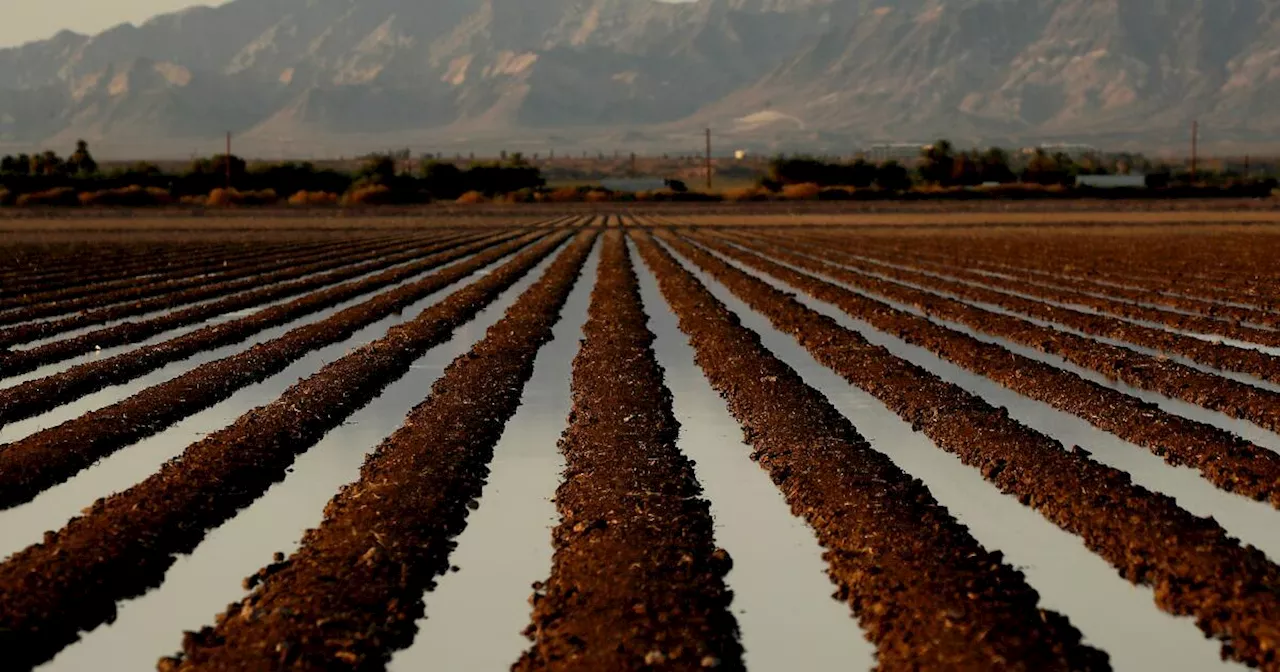Twenty-nine out of over 2,000 water treatment facilities in Colorado are found to exceed federal limits on harmful chemicals in their drinking water supplies, requiring costly cleanup efforts.
Eight granular activated carbon filters stand inside Plum Creek Water Purification Facility in Castle Rock, Colorado on Wednesday, August 16, 2023. The filters remove PFAS and other chemicals in the water. The facility started testing in 2021 for PFAS on a regular basis.
Denver’s water system does not have current detections of PFAS, but the city’s water has not been sampled since 2020, which is the case for dozens of Colorado water districts, according to state health department’s status report.on the amount of forever chemicals that will be allowed in the nation’s drinking water systems. The agency estimates that, nationally, 6% to 10% of the 66,000 public drinking water systems may fall short of the new standards.
PFAS chemicals are used in products such as firefighting foam, makeup, cookware, carpets, clothes and ski wax to make things stain-resistant or non-stick. They are toxic to humans and can cause cancer, impair fertility and harm the liver. They leach into groundwater, creeks, lakes and canals that supply water for human consumption and agriculture.
The EPA announced the new limits after years of debate between regulators, environmentalists and water providers, who could be on the hook for costly upgrades to their systems to filter out the chemicals. So far, shutting off wells hasn’t diminished the city’s water supply, but it could be impacted if the region experiences a severe drought, Kimmes said.
Still, Coghill said he and members of other environmental groups want the state to push Suncor’s PFAS limits even lower because the company contributes to the drinking water pollution. Earthjustice represents three environmental groups in an administrative appeal on the new water permit.
Water Treatment Facilities Colorado Federal Limits Dangerous Chemicals Drinking Water Cleanup Efforts
France Dernières Nouvelles, France Actualités
Similar News:Vous pouvez également lire des articles d'actualité similaires à celui-ci que nous avons collectés auprès d'autres sources d'information.
 Analysis Reveals Colorado River Water Used More for Growing Crops than for DrinkingA new analysis has found that more Colorado River water is used to grow a single crop than for drinking water, business needs, and industrial uses combined across the seven-state river basin. The analysis highlights the significant usage of water for growing alfalfa, which is used to feed cattle. The study provides a comprehensive understanding of where the Colorado River water goes and includes estimates for water exported outside the basin, water use in Mexico, and water lost to evaporation.
Analysis Reveals Colorado River Water Used More for Growing Crops than for DrinkingA new analysis has found that more Colorado River water is used to grow a single crop than for drinking water, business needs, and industrial uses combined across the seven-state river basin. The analysis highlights the significant usage of water for growing alfalfa, which is used to feed cattle. The study provides a comprehensive understanding of where the Colorado River water goes and includes estimates for water exported outside the basin, water use in Mexico, and water lost to evaporation.
Lire la suite »
 The Twenty Best Books About ColoradoFrom Stephen King to Jack Kerouac and Willa Cather and more, here are the best books set in the Centennial State.
The Twenty Best Books About ColoradoFrom Stephen King to Jack Kerouac and Willa Cather and more, here are the best books set in the Centennial State.
Lire la suite »
 Study Finds Cattle-Feed Crops Consume Majority of Colorado River WaterA new study reveals that cattle-feed crops, particularly alfalfa, consume a significant portion of the water diverted from the Colorado River, exacerbating chronic water shortages. Agriculture accounts for 74% of the river's water usage, surpassing the combined usage of all the cities relying on the river.
Study Finds Cattle-Feed Crops Consume Majority of Colorado River WaterA new study reveals that cattle-feed crops, particularly alfalfa, consume a significant portion of the water diverted from the Colorado River, exacerbating chronic water shortages. Agriculture accounts for 74% of the river's water usage, surpassing the combined usage of all the cities relying on the river.
Lire la suite »
 More than half of water from Colorado River used for agriculture industry, report findsThe Colorado River has about 19% less volume than in the year 2000.
More than half of water from Colorado River used for agriculture industry, report findsThe Colorado River has about 19% less volume than in the year 2000.
Lire la suite »
 Hay grown for cattle consumes nearly half the water drawn from Colorado River, study findsMuch of the Colorado River's water is used for agriculture. A new study shows 46% of the water that is diverted is used to grow hay to feed cattle.
Hay grown for cattle consumes nearly half the water drawn from Colorado River, study findsMuch of the Colorado River's water is used for agriculture. A new study shows 46% of the water that is diverted is used to grow hay to feed cattle.
Lire la suite »
